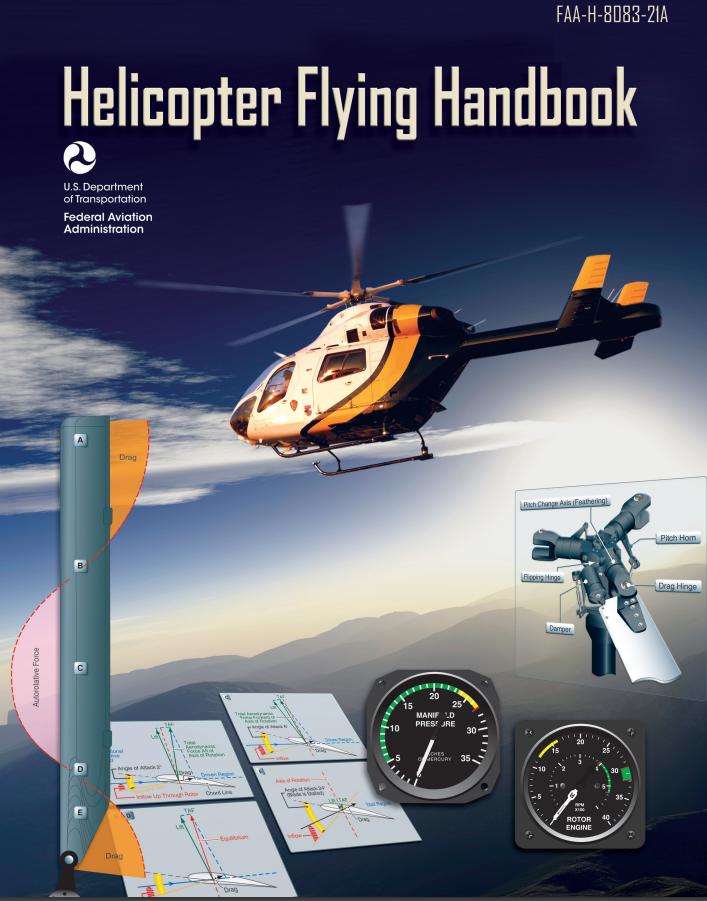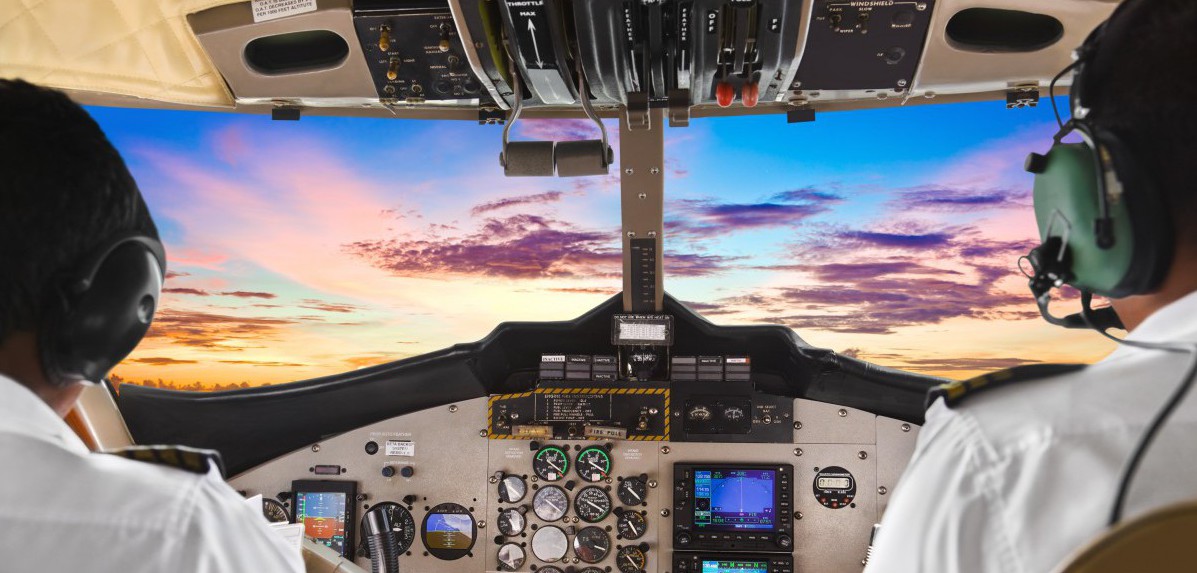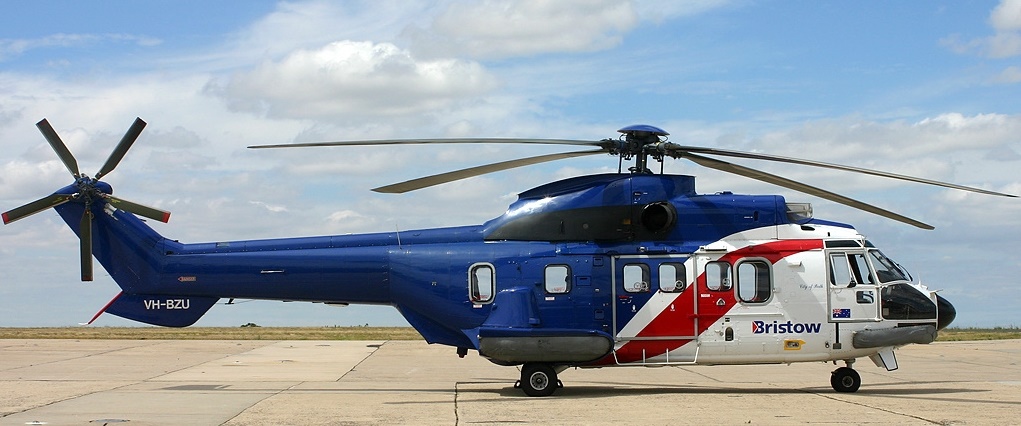The Official Helicopter Training Guidelines
The US DOT FAA’s Helicopter Flying Handbook is the the official FAA helicopter training guidelines designed as a technical manual for applicants who are preparing for their private, commercial, or flight instructor pilot certificates with a helicopter class rating. Certificated flight instructors may find this handbook a valuable training aid, since detailed coverage of aerodynamics, flight controls, systems, performance, flight maneuvers, emergencies, and aeronautical decision-making is included. Topics such as weather, navigation, radio navigation and communications, use of flight information publications, and regulations are available in other Federal Aviation Administration (FAA) publications.
This handbook conforms to pilot training and certification concepts established by the FAA. There are different ways of teaching, as well as performing, flight procedures and maneuvers, and many variations in the explanations of aerodynamic theories and principles. This handbook adopts a selective method and concept to flying helicopters. The discussion and explanations reflect the most commonly used practices and principles. Occasionally the word “must” or similar language is used where the desired action is deemed critical. The use of such language is not intended to add to, interpret, or relieve a duty imposed by Title 14 of the Code of Federal Regulations (14 CFR). Persons working towards a helicopter rating are advised to review the references from the applicable practical test standards (FAA-S-8081-3 for recreational applicants, FAA-S-8081-15 for private applicants, and FAA-S-8081-16 for commercial applicants).
Resources for study include FAA-H-8083-25, Pilot’s Handbook of Aeronautical Knowledge, and FAA-H-8083-1, Aircraft Weight and Balance Handbook, as these documents contain basic material not duplicated herein. All beginning applicants should refer to FAA-H-8083-25, Pilot’s Handbook of Aeronautical Knowledge, for study and basic library reference. It is essential for persons using this handbook to become familiar with and apply the pertinent parts of 14 CFR and the Aeronautical Information Manual (AIM). The AIM is available online at www.faa.gov. The current Flight Standards Service airman training and testing material and learning statements for all airman certificates and ratings can be obtained from www.faa.gov. This handbook supersedes FAA-H-8083-21, Rotorcraft Flying Handbook, dated 2000. Gyroplane information can be found in the FAA-H-8083-16, Gyroplane Flying Handbook. This handbook is available for download, in PDF format, from www.faa.gov. This handbook is published by the United States Department of Transportation, Federal Aviation Administration, Airman Testing Standards Branch, AFS-630, P.O. Box 25082, Oklahoma City, OK 73125. Comments regarding this publication should be sent, in email form, to the following address: AFS630comments@faa.gov
By Chapter
- Front Cover, Title Page, Preface, Acknowledgments (PDF, 1.9 MB)
- Table of Contents (PDF, 142 KB)
- Chapter 01: Introduction to the Helicopter (PDF, 4 MB)
- Chapter 02: Aerodynamics of Flight (PDF, 9 MB)
- Chapter 03: Helicopter Flight Controls (PDF, 4.7 MB)
- Chapter 04: Helicopter Components, Sections, and Systems (PDF, 9.6 MB)
- Chapter 05: Rotorcraft Flight Manual (PDF, 2.3 MB)
- Chapter 06: Weight and Balance (PDF, 2.9 MB)
- Chapter 07: Helicopter Performance (PDF, 2.4 MB)
- Chapter 08: Ground Procedures and Flight Preparations (PDF, 3.5 MB)
- Chapter 09: Basic Flight Maneuvers (PDF, 7.9 MB)
- Chapter 10: Advanced Flight Maneuvers (PDF, 17.9 MB)
- Chapter 11: Helicopter Emergencies and Hazards (PDF, 5.4 MB)
- Chapter 12: Attitude Instrument Flying (PDF, 2.8 MB)
- Chapter 13: Night Operations (PDF, 6.7 MB)
- Chapter 14: Effective Aeronautical Decision-Making (PDF, 4.8 MB)
- Glossary & Index (PDF, 196 KB)
Discover Today’s Best Aviation Training System
for Commercial and Military Training Programs
Source: Federal Aviation Administration
















